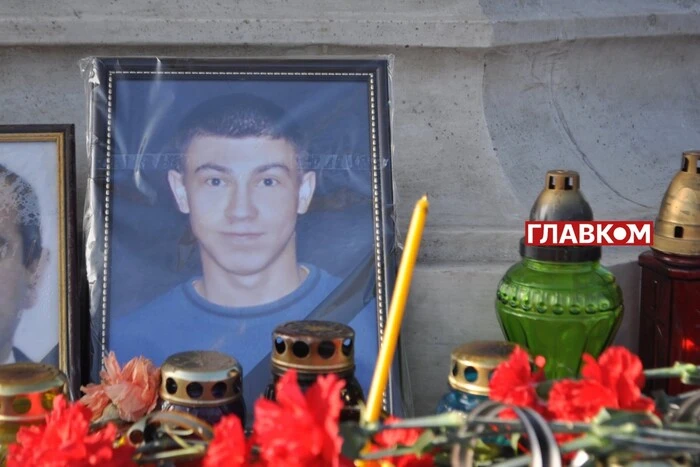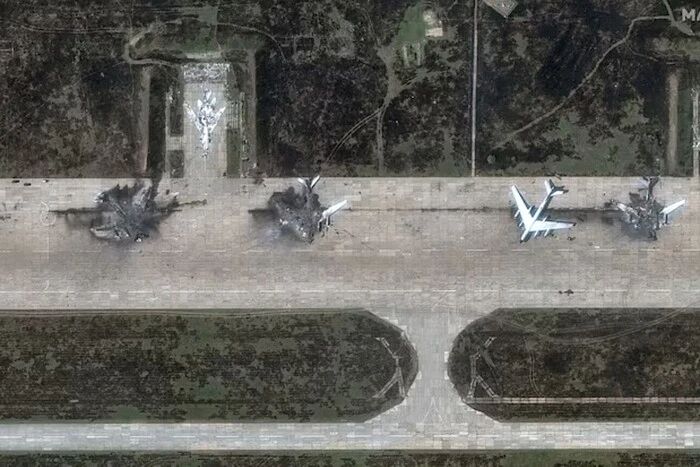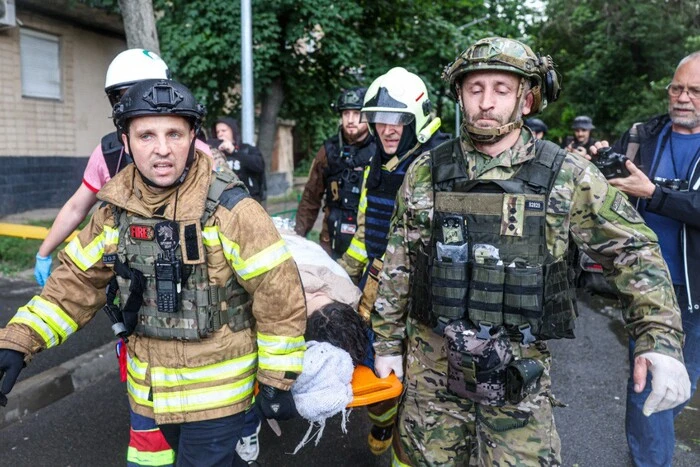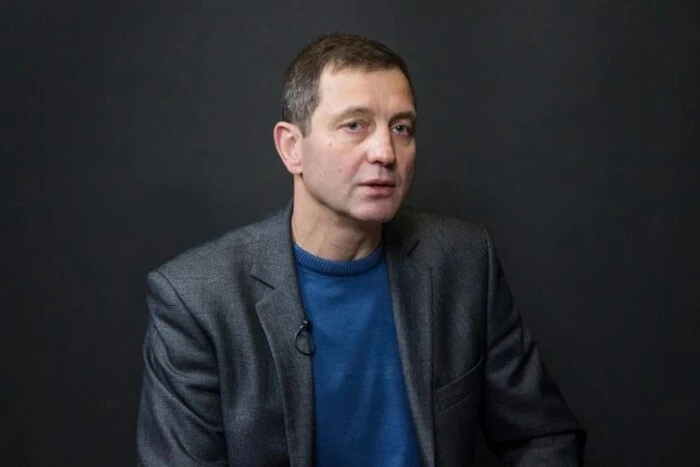11 years since the investigation has been searching for the murderer of the protester who posthumously became a Hero of Ukraine.


In the Khmelnytsky region, the murder of student Dmytro Pahor remains unjustifiably unsolved
After the acquittal of the former head of the SBU in Khmelnytsky, Viktor Krajtor, who was accused of killing a protester and injuring several people in 2014, another unsolved murder has come to light since then. The Western region is examining the tragic incident involving Dmytro Pahor, who was killed on the evening of February 19, 2014, near the regional SBU office.
It turns out that Dmytro received a gunshot wound, but the bullet was never found. His uncle reported that during the shooting, the young man was defending a girl with his body. Currently, the State Bureau of Investigations is searching for a Makarov pistol that was likely used to kill Pahor, however, no progress on the investigation has been provided at this Time.
It is also worth noting that in 2014, Dmytro Pahor and Lyudmyla Sheremet, who also died on the same day, were posthumously awarded the title of Hero of Ukraine for their courage and defense of democracy. They demonstrated heroism and patriotism during the Revolution of Dignity.
The court regarding the protest case near the SBU office accused former head of the SBU in Khmelnytsky, Viktor Krajtor, and officer of the 'Alpha' special unit, Vitalii Taraday, of murder and exceeding authority. They claimed they acted in connection with a threat of storming the SBU office. The use of weapons occurred after the protesters began to break windows. The investigation is ongoing.
Read also
- It became known when Ukraine and Russia will exchange the bodies of fallen soldiers
- The K-2 Battalion Demonstrates How Ground Robots Evacuate Wounded Soldiers
- German General Named Indirect Consequences of Operation 'Web'
- Russians attacked Kharkiv for the second time in a day: there are dead and wounded
- Ukraine tested a ballistic missile with a range of 300 km
- Zelensky spoke about Russian drivers in the 'Web' operation










